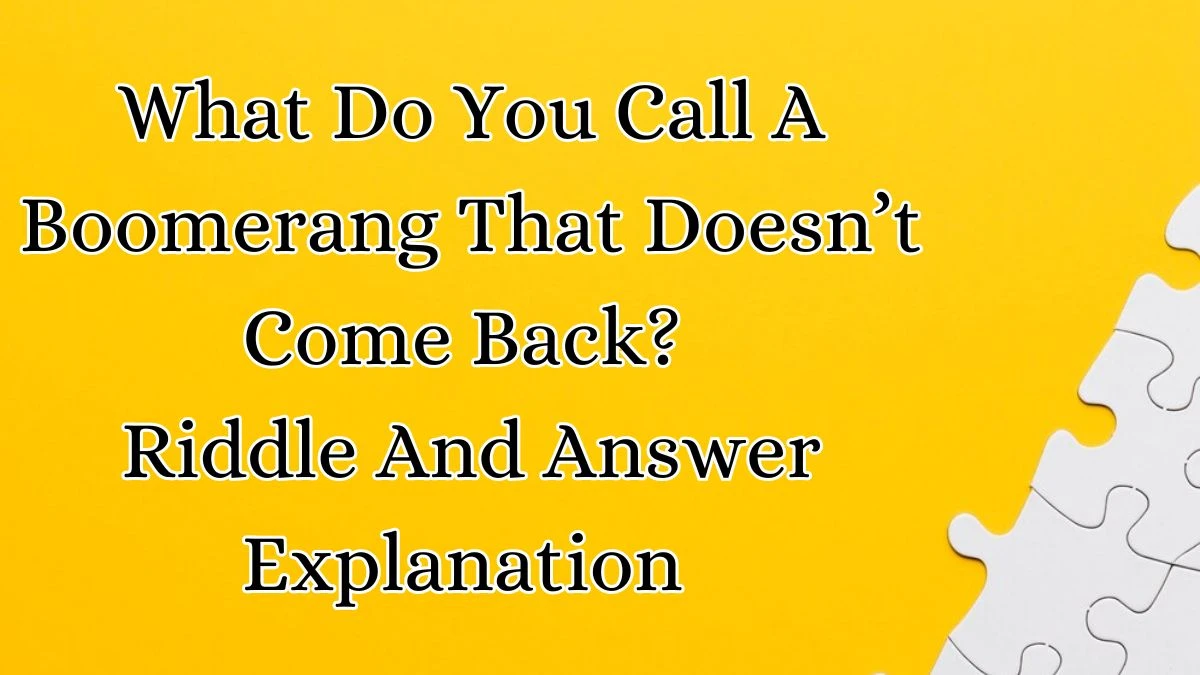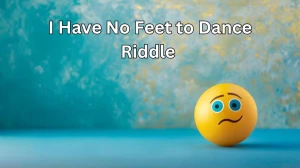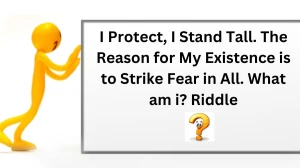What Do You Call A Boomerang That Doesn’t Come Back? Riddle And Answer Explanation
by
Updated Jul 03, 2024

A riddle is a type of puzzle or question that is designed to make you think creatively and critically. It often involves a play on words or a clever twist, and the goal is to figure out the answer based on the clues given in the question. Riddles have been around for a very long time and are found in many cultures. They are a fun way to challenge your brain and can be enjoyed by people of all ages.
For example, let's take the riddle "what do you call a boomerang that doesn't come back?" This question makes you think about the nature of a boomerang and what happens when it doesn't function as expected. The answer to this riddle is "a stick." This clever answer makes you realize that a boomerang that doesn't come back is essentially just a stick, since it doesn't have the returning feature that defines a boomerang.
Riddles can be tricky because they often require you to think outside the box. They play with language and common knowledge, making you see things from a different perspective. Solving riddles can improve your problem-solving skills and make you more creative in your thinking. They are also a great way to have fun with friends and family, as you can challenge each other with different riddles and see who can come up with the correct answers.
What Do You Call A Boomerang That Doesn’t Come Back? Riddle Explanation
The riddle "what do you call a boomerang that doesn't come back?" is a clever and funny question designed to make you think about the characteristics of a boomerang. A boomerang is known for its unique ability to return to the thrower when thrown correctly. This feature distinguishes it from other objects like sticks or stones.
When the riddle asks "what do you call a boomerang that doesn't come back?", it plays with your expectations. Normally, a boomerang should come back, but if it doesn't, it fails to serve its primary purpose. By asking this question, the riddle challenges you to think about what a boomerang is without its defining feature.
This question encourages lateral thinking, which means looking at the problem from a different angle. Instead of focusing on the boomerang's unique ability, you are prompted to think about what it essentially becomes if it lacks that ability. In this case, the answer is humorously simple and straightforward: "a stick." This answer is funny because it reduces the complex idea of a boomerang to something as basic as a stick, which is just an object that doesn't return when thrown.
By understanding the nature of a boomerang and the play on words, you can see why the riddle is both tricky and amusing. It uses simplicity and humor to make a point, turning a complex concept into an easy answer.
Hints
- Think about what a boomerang is supposed to do.
- Consider what happens when a boomerang doesn't work.
- Simplify the concept of a boomerang.
- Imagine a boomerang without its returning feature.
- What basic object remains if the boomerang doesn’t come back?
What Do You Call A Boomerang That Doesn’t Come Back? Riddle Answer
The answer to the riddle "what do you call a boomerang that doesn't come back?" is "a stick." This answer is both simple and clever. It takes the idea of a boomerang, which is a curved tool designed to return to the thrower, and strips it down to its most basic form. If a boomerang doesn't come back, it loses its unique property and is no different from a regular stick.
In the context of the riddle, this transformation from a boomerang to a stick is humorous because it highlights how something special can become ordinary when it fails to perform its intended function. By calling it a stick, the riddle emphasizes that without the returning feature, a boomerang is just a piece of wood, no different from any other stick you might find lying around.
This answer is easy to understand and remember because it relies on common knowledge about boomerangs and their behavior. It’s a playful way to show that sometimes, the answer to a tricky question can be much simpler than expected. The humor in the answer also makes it more enjoyable and memorable, which is why this riddle is popular among people of all ages.
What Do You Call A Boomerang That Doesn’t Come Back? Riddle Answer Explanation
The riddle "what do you call a boomerang that doesn't come back?" uses a simple yet effective form of humor and wordplay to deliver its punchline. The answer, "a stick," is funny because it takes the concept of a boomerang, which is known for its ability to return, and reduces it to something as ordinary as a stick when it fails to do so.
This answer works well because it plays on our expectations. We know that a boomerang is supposed to come back when thrown correctly. When it doesn't, it essentially loses its identity as a boomerang and becomes just a regular stick. The humor comes from the sudden shift in perception—from a specialized tool to a common object.
The riddle also teaches a lesson about how we define things by their unique features. In this case, the boomerang's uniqueness is its returning ability. Without that, it’s no different from any other piece of wood. This clever twist makes the riddle enjoyable and thought-provoking.
By understanding that a boomerang without its returning feature is just a stick, we can appreciate the simplicity and wit of the riddle. It’s a great example of how a simple question and answer can be both entertaining and enlightening, making you see everyday objects in a new light.
How to Play Tricky Riddles?
- Think Creatively: Don't take the question too literally. Look for hidden meanings or wordplay.
- Break Down the Question: Analyze each part of the riddle to understand what it’s asking.
- Consider Multiple Angles: Think about the question from different perspectives. Sometimes the answer is not straightforward.
- Look for Common Themes: Riddles often use familiar objects or ideas in unusual ways.
- Stay Patient: Tricky riddles can take time to solve. Don’t rush; give yourself time to think.




